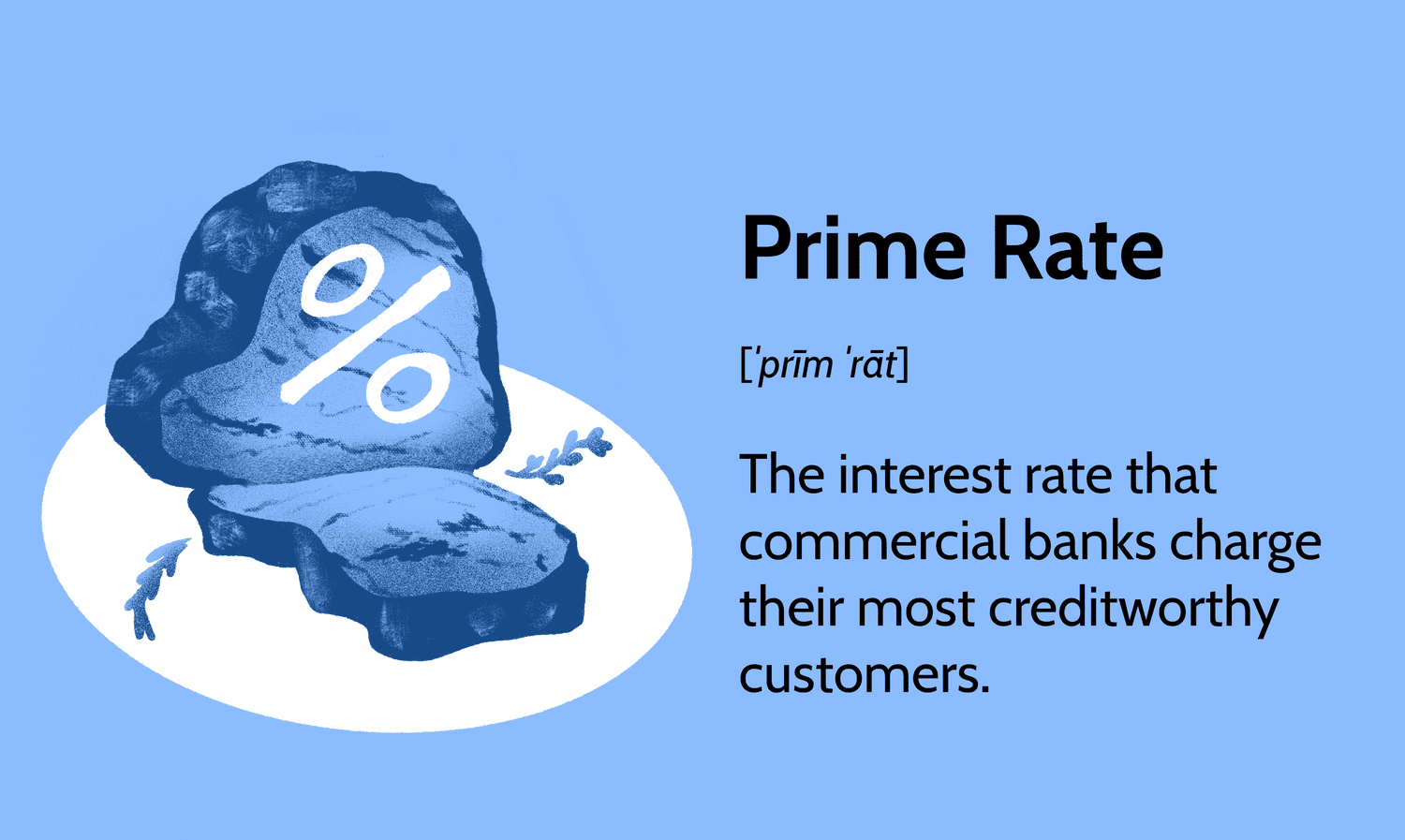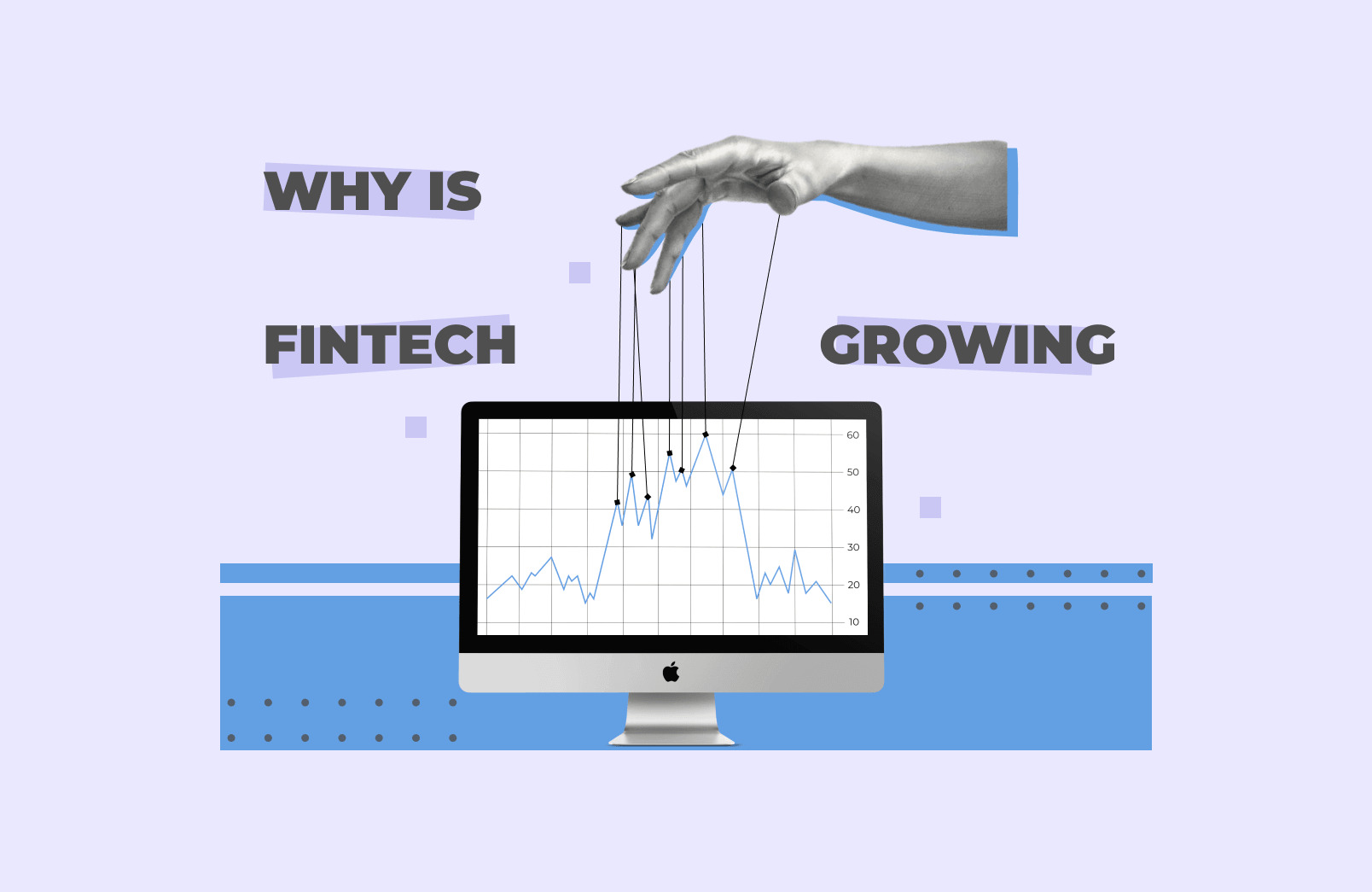Introduction
When it comes to accessing credit, individuals and businesses often rely on banks as the primary source of funding. However, in recent years, we have witnessed a noticeable decrease in lending activities by banks. This phenomenon has raised concerns and sparked discussions about why banks are not lending as much as they used to. In this article, we will explore some of the key reasons behind this trend.
Lending is a crucial component of a healthy economy as it promotes investment, consumption, and overall economic growth. It facilitates the expansion of businesses, allows individuals to pursue entrepreneurial endeavors, and helps finance major purchases such as homes and cars. Therefore, understanding the factors that contribute to the reluctance of banks to lend is essential in assessing the state of the economy.
It is important to note that the reasons behind the decline in lending are multi-faceted and interconnected, making it challenging to pinpoint a single cause. However, by examining several significant factors, we can gain a better understanding of the current lending landscape.
Throughout this article, we will discuss various factors that contribute to the decline in bank lending. These factors include a lack of confidence in the economy, increased regulation and compliance costs, risk aversion, slow economic growth, declining credit quality, low interest rates, government intervention and policy changes, and a shift in business models.
Lack of Confidence in the Economy
One of the primary factors contributing to the reduced lending by banks is the lack of confidence in the overall economy. Banks are cautious about lending when they perceive economic conditions to be uncertain or unstable. This lack of confidence stems from various factors, such as geopolitical tensions, trade wars, or economic downturns.
During times of economic uncertainty, banks tend to adopt a more conservative approach to lending. They become less willing to provide loans to individuals and businesses, fearing a higher risk of default. This cautious behavior limits the availability of credit, making it more challenging for borrowers to access the funds they need.
The global financial crisis of 2008, for instance, left a lasting impact on banks’ perception of risk. The severe economic downturn and the collapse of numerous financial institutions made banks more risk-averse. As a result, they tightened their lending criteria, making it more difficult for borrowers, particularly those with less-than-perfect credit, to secure loans.
In addition, the ongoing COVID-19 pandemic has further shaken confidence in the economy. The unprecedented challenges posed by the pandemic, including widespread business closures, job losses, and supply chain disruptions, have created an environment of uncertainty. This has led banks to exercise additional caution in their lending practices.
Furthermore, banks also consider the potential impact of government policies on the economy. Uncertainty surrounding policy changes, such as tax reforms or regulatory shifts, can make banks hesitant to lend. They may prefer to wait and assess the consequences of such changes before extending credit to borrowers.
Overall, the lack of confidence in the economy plays a significant role in banks’ decision-making regarding lending. When uncertainties and risks are high, banks become more reluctant to provide loans, slowing down the flow of credit and impeding economic growth.
Increased Regulation and Compliance Costs
Another factor contributing to the reduced lending by banks is the increasingly stringent regulatory environment and the associated compliance costs. In the aftermath of the global financial crisis, regulatory authorities around the world implemented measures to prevent a similar crisis from occurring again. While these regulations aim to safeguard the financial system, they have also added complexity and increased costs for banks.
Financial institutions are now required to adhere to a wide range of regulations, such as stricter capital adequacy requirements, enhanced risk management practices, and increased reporting and disclosure obligations. Compliance with these regulations often involves significant investments in technology, systems, and personnel, all of which can be expensive for banks.
The increased regulatory burden and compliance costs have compelled banks to reassess their lending practices. To ensure compliance, banks may need to allocate more resources towards regulatory processes, limiting their capacity to lend. Moreover, stringent regulations often require banks to carry out thorough due diligence and risk assessments before extending credit, which can be time-consuming and may result in longer processing times for loan applications.
Smaller banks, in particular, may struggle to keep up with the ever-changing regulatory landscape. The cost of compliance can disproportionately affect these institutions, as they have fewer resources to dedicate to regulatory matters and may not enjoy the economies of scale that larger banks do. As a result, smaller banks may become more cautious in their lending activities or choose to specialize in niche markets with lower regulatory burdens.
Furthermore, the fear of potential regulatory penalties and reputational damage can also contribute to banks’ risk aversion. Banks may err on the side of caution to avoid any violations of regulations or misconduct, which can result in heavy penalties and damage to their reputation.
Overall, the increased regulation and compliance costs have created a more stringent environment for banks. While these regulations are implemented to safeguard the financial system, they can inadvertently hinder the ability of banks to provide credit, leading to a decrease in lending activities.
Risk Aversion
Risk aversion is a natural instinct for banks when it comes to lending. Banks operate on a profit-driven model, and their primary objective is to protect their own financial stability. As a result, they tend to be cautious in their lending practices, especially during times of economic uncertainty.
After the financial crisis of 2008, banks became more risk-averse due to the substantial losses they incurred from loans gone bad. The aftermath of the crisis highlighted the importance of prudent lending and risk management for sustainable banking operations. Banks now place greater emphasis on assessing the creditworthiness of borrowers and ensuring the borrower’s ability to repay the loan.
Risk aversion is particularly prominent in situations where there is a perceived increase in credit risk. Uncertain economic conditions, market volatility, or industry-specific risks can make banks more conservative in their lending decisions. They may tighten their lending criteria, requiring higher credit scores, more substantial collateral, or stricter loan-to-value ratios.
The COVID-19 pandemic has further amplified risk aversion among banks. The pandemic has caused severe disruptions to various industries, leading to increased default risks for borrowers. Banks are understandably concerned about the impact of the pandemic on borrowers’ ability to repay loans. As a result, they have become more cautious in extending credit, particularly to sectors severely affected by the pandemic, such as hospitality, travel, and retail.
Moreover, regulatory requirements also contribute to banks’ risk aversion. Banks are subject to regulatory guidelines that dictate the level of risk they can take in their lending portfolios. Failure to comply with these requirements can result in penalties and reputational damage. To mitigate these risks, banks may adopt a more conservative lending approach, preferring low-risk or highly secure lending opportunities.
Overall, risk aversion is a significant driver behind the reduced lending by banks. While it is essential for banks to manage risks effectively, excessive risk aversion can limit the availability of credit, especially for borrowers with less favorable credit profiles or in higher-risk industries.
Slow Economic Growth
Another significant factor contributing to the decrease in lending by banks is slow economic growth. When the economy is sluggish, businesses and individuals tend to reduce their borrowing and investment activities. This reduction in demand for credit has a direct impact on banks’ lending volumes.
Slow economic growth can stem from various factors, such as a decline in consumer spending, weak business investment, or a slowdown in exports. When businesses are hesitant to expand or invest in new projects, they are less likely to seek financing from banks. Similarly, individuals may be more cautious about taking on debt when they perceive economic uncertainty.
In a slow-growing economy, banks may face limitations in their ability to find creditworthy borrowers. The reduced demand for loans combined with increased competition among banks can lead to tighter lending standards. Banks may become more selective in extending credit, favoring borrowers with strong credit histories and stable income sources.
Moreover, slow economic growth often translates into lower revenues and profitability for banks. As the overall economic activity slows down, banks may experience a decline in their interest income, fees, and other sources of revenue. This can impact their willingness and ability to provide loans, as they prioritize maintaining their financial stability over aggressive lending.
Furthermore, in a slow-growing economy, banks may face challenges in managing their existing loan portfolios. Weak economic conditions increase the risk of loan defaults, as borrowers may struggle to meet their repayment obligations. This puts additional pressure on banks to assess and manage credit risks effectively, which can result in a more cautious approach to lending.
Overall, slow economic growth has a direct impact on banks’ lending activities. The reduced demand for credit, lower revenues, and increased credit risks create a challenging lending environment, leading to a decrease in lending volumes.
Declining Credit Quality
One of the significant factors contributing to the decrease in lending by banks is the declining credit quality of potential borrowers. Credit quality refers to the ability and willingness of borrowers to repay their loans, as assessed by banks through various credit risk indicators.
In times of economic hardship or uncertainty, the credit quality of borrowers can deteriorate. Job losses, reduced incomes, and financial distress can impact borrowers’ ability to meet their financial obligations. This increased credit risk makes banks more cautious in extending credit.
The COVID-19 pandemic has had a significant impact on credit quality. Many businesses and individuals have faced severe financial challenges due to shutdowns, restrictions, and disruptions in various industries. This has led to a rise in defaults and delinquencies, further eroding credit quality.
In addition to economic factors, changes in consumer behavior and financial habits can also contribute to declining credit quality. Increasing levels of personal debt, excessive use of credit cards, and a lack of financial discipline can all affect borrowers’ creditworthiness. Banks may be less willing to provide loans to individuals with poor credit histories or excessive debt burdens.
Furthermore, the decline in credit quality can be attributed to market dynamics as well. In some cases, banks have aggressively pursued market share and relaxed lending standards to maintain or expand their loan portfolios. This can lead to a higher proportion of loans with higher credit risk and lower credit quality.
To mitigate the risks associated with declining credit quality, banks may tighten their lending criteria and implement stricter underwriting standards. This can result in a decrease in loan approvals and reduced access to credit for borrowers with weaker credit profiles.
Overall, declining credit quality poses challenges for banks in extending credit. The increased credit risk and potential for higher loan defaults compel banks to take a more cautious approach, leading to a decrease in lending activities.
Low Interest Rates
One of the factors influencing the decrease in lending by banks is the persistently low interest rate environment. Central banks worldwide have implemented accommodative monetary policies in an effort to stimulate economic growth and combat deflationary pressures. This has resulted in historically low interest rates, which have implications for banks’ lending activities.
Low interest rates have a twofold effect on banks’ lending behavior. Firstly, they compress interest rate margins for banks. Banks make money by charging higher interest rates on loans than the rates they pay on deposits. When interest rates are low, this margin decreases, squeezing banks’ profitability. As a result, banks may be less motivated to lend extensively.
Secondly, low interest rates can impact the demand for credit. When borrowing costs are low, individuals and businesses may be less inclined to take on new loans. They may refinance existing debt at lower rates rather than seek additional credit from banks. This reduced demand for credit can lead to a decrease in the overall lending volumes by banks.
Additionally, low interest rates can lead to a decrease in the profitability of certain types of loans. For example, banks may be less interested in providing long-term fixed-rate mortgages or loans with low-interest rate margins, as these loans may not generate sufficient returns to justify the associated risks.
Moreover, low interest rates can incentivize borrowers to borrow from alternative sources, such as non-bank lenders or capital markets. These alternative lenders may offer more attractive borrowing terms or access to capital at lower costs. This intensifies competition for banks and reduces their market share, further impacting their lending activities.
It is worth noting that the prolonged period of low interest rates may also increase the risk appetite of some banks. In search of higher yields, banks may be compelled to explore riskier lending options, potentially leading to excessive lending and a deterioration of credit quality.
In summary, low interest rates impact banks’ lending activities by compressing interest rate margins, reducing demand for credit, and increasing competition. These factors collectively contribute to the decrease in lending volumes by banks.
Government Intervention and Policy Changes
Government intervention and policy changes can significantly impact the lending activities of banks. Measures implemented by regulatory bodies or changes in government policies can introduce new regulations, alter lending requirements, or influence market dynamics.
Government interventions often aim to promote stability and protect the interests of consumers and the broader economy. However, they can also have unintended consequences for banks’ lending activities. For example, increased regulatory oversight and stricter lending standards can create challenges for banks in issuing loans. This can result in a decrease in lending volumes as banks adapt to meet the new regulatory requirements.
Policy changes can also have a direct impact on specific sectors or industries. Government support or incentives for certain sectors can lead to increased borrowing and lending activities in those areas. On the other hand, policy changes that target specific industries, such as increased regulations or taxes, can dampen lending activities in those sectors.
Government initiatives aimed at promoting affordable housing or small business development, for instance, can encourage banks to increase lending in these areas. Conversely, policies that restrict lending to certain sectors, such as stricter lending criteria for real estate development, can result in decreased lending activities in those segments.
Moreover, changes in monetary policy, such as adjustments to interest rates or reserve requirements, can impact banks’ decisions to lend. Higher reserve requirements or increased capital adequacy ratios may limit banks’ capacity to extend credit, particularly for smaller or less capitalized institutions.
Political and regulatory uncertainties can also influence banks’ lending behavior. Uncertainty surrounding changes in leadership or policy directions can create a cautious lending environment as banks evaluate the potential impacts of political changes on the economy and regulatory landscape.
Overall, government intervention and policy changes can introduce new regulations, alter market dynamics, and influence lending requirements. These factors have a direct impact on banks’ lending activities, leading to shifts in their lending volumes and strategies.
Shift in Business Models
Banks have experienced a significant shift in their business models, which has had implications for their lending activities. Traditional brick-and-mortar banks are facing increased competition from online and digital lenders, as well as alternative financial service providers.
Digitalization and technological advancements have disrupted the banking industry, enabling new players to enter the lending market. These online lenders often operate with lower overhead costs and streamlined processes, allowing them to offer competitive interest rates and faster loan approvals. This has led to a decrease in market share for traditional banks and a shift in the lending landscape.
Furthermore, the rise of peer-to-peer lending platforms has also impacted traditional banks. These platforms connect borrowers directly with individual investors, bypassing traditional banks as intermediaries. Peer-to-peer lending offers borrowers more accessible and potentially lower-cost financing options, leading to a reduction in demand for bank loans.
In addition to these new players, changes in consumer behavior and preferences have also influenced the lending landscape. Many individuals, especially younger generations, are more comfortable with digital banking and prefer the convenience and flexibility of online lending options. This shift in customer preferences has prompted banks to adapt their business models and invest in digital platforms to remain competitive.
Moreover, banks have also expanded their range of products and services beyond traditional lending. They now offer a broader range of financial solutions, including wealth management, insurance, and investment advisory services. While diversification can enhance revenue streams, it may also divert resources away from traditional lending activities.
The shift in business models has led banks to reassess their lending priorities and strategies. They may focus more on specific lending segments or target niche markets to differentiate themselves from competitors. This specialization can result in a decrease in lending volumes in certain areas where banks may choose not to compete aggressively.
In summary, the shift in business models, driven by technological advancements and changing customer preferences, has had a significant impact on banks’ lending activities. The rise of online and alternative lenders, along with the changing banking landscape, has led to a decrease in lending volumes for traditional banks as they adjust their strategies to remain competitive.
Conclusion
In conclusion, the decrease in lending by banks can be attributed to a combination of factors. The lack of confidence in the economy, increased regulation and compliance costs, risk aversion, slow economic growth, declining credit quality, low interest rates, government intervention and policy changes, and a shift in business models all contribute to the reduced lending activities of banks.
The lack of confidence in the economy, driven by uncertainties and geopolitical tensions, leads banks to adopt a more cautious approach to lending. Increased regulation and compliance costs impose additional financial burdens on banks and require them to dedicate resources to ensure compliance, limiting their capacity to lend. Risk aversion, especially after the financial crisis and the COVID-19 pandemic, makes banks more conservative in extending credit.
Slow economic growth reduces the demand for credit and affects banks’ profitability, leading to a decrease in lending. Declining credit quality impacts banks’ willingness to lend to borrowers with weaker credit profiles. Low interest rates compress interest rate margins and reduce the profitability of certain types of loans, while also impacting the demand for credit.
Government intervention and policy changes introduce new regulations, alter market dynamics, and influence lending requirements, impacting banks’ lending activities. The shift in business models, with the rise of digital and alternative lenders, changes customer preferences, and forces traditional banks to adapt and specialize in specific lending segments.
Overall, the decreased lending by banks is a multifaceted issue influenced by various economic, regulatory, and market factors. Understanding these factors is crucial for assessing the state of the lending landscape and its implications for individuals, businesses, and the overall economy.

























